Alien primarily refers to:

Arthur Frederick Hailey, AE was a Canadian novelist whose plot-driven storylines were set against the backdrops of various industries. His books, which include such best sellers as Hotel (1965), Airport (1968), Wheels (1971), The Moneychangers (1975), and Overload (1979), have sold 170 million copies in 38 languages.

Larry Jeff McMurtry was an American novelist, essayist, and screenwriter whose work was predominantly set in either the Old West or contemporary Texas. His novels included Horseman, Pass By (1962), The Last Picture Show (1966), and Terms of Endearment (1975), which were adapted into films. Films adapted from McMurtry's works earned 34 Oscar nominations. He was also a prominent book collector and bookseller.
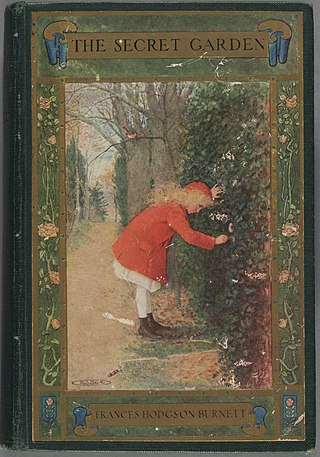
The Secret Garden is a children’s novel by Frances Hodgson Burnett first published in book form in 1911, after serialisation in The American Magazine. Set in England, it is seen as a classic of English children's literature. The American edition was published by the Frederick A. Stokes Company with illustrations by Maria Louise Kirk and the British edition by Heinemann with illustrations by Charles Heath Robinson.

Carson McCullers was an American novelist, short-story writer, playwright, essayist, and poet. Her first novel, The Heart Is a Lonely Hunter (1940), explores the spiritual isolation of misfits and outcasts in a small town of the Southern United States. Her other novels have similar themes and most are set in the Deep South.
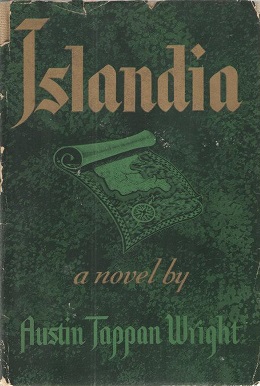
Islandia is a classic novel of utopian fiction by Austin Tappan Wright, a University of California, Berkeley Law School Professor. Written as a hobby over a long period, the manuscript was edited posthumously and reduced by about a third by author/editor Mark Saxton with the advice and consent of Wright's wife and daughter, and was published first in hardcover format by the company Farrar & Rinehart in 1942, eleven years after the author's 1931 death.

The Grass Is Singing, published in 1950, is the first novel by the British author Doris Lessing. It takes place in Southern Rhodesia, in southern Africa, during the 1940s and deals with the racial politics between whites and blacks in that country. It follows an emotionally immature woman's hasty marriage to an unsuccessful farmer, and her ensuing mental deterioration, her murder, and the colonial British society's reactions to it. The novel created a sensation when it was first published and became an instant success in Europe and the United States. A Swedish-made adaptation, Gräset Sjunger, was filmed in English in 1981.

Harold Bell Wright was a best-selling American writer of fiction, essays, and nonfiction. Although mostly forgotten or ignored after the middle of the 20th century, he had a very successful career; he is said to have been the first American writer to sell a million copies of a novel and the first to make $1 million from writing fiction. Between 1902 and 1942 Wright wrote 19 books, several stage plays, and many magazine articles. More than 15 movies were made or claimed to be made from Wright's stories, including Gary Cooper's first major movie, The Winning of Barbara Worth (1926) and the John Wayne film The Shepherd of the Hills (1941).

The Wright 3 is a 2006 children's mystery novel written by Blue Balliett and illustrated by Brett Helquist. It was released in April 1, 2006, and is the sequel to Balliett's 2004 children's novel Chasing Vermeer. It chronicles how Calder, Petra, and Tommy strive to save the Robie House in their neighborhood, Hyde Park, Chicago. The underlying plot elements include 3-D pentominoes, architect Frank Lloyd Wright, the Robie House Fibonacci numbers, The Invisible Man, and mysterious occurrences.

John Henry Wright was an American classical scholar born at Urumiah (Rezaieh), Persia. He earned his Bachelors (1873) and Masters (1876) at Dartmouth College, New Hampshire. After junior appointments in 1886 he joined Johns Hopkins as a professor of classical philology. In 1887, he became a professor of Greek at Harvard, where, from 1895 to 1908, he was also Dean of the Graduate School of Arts and Sciences.

Mary Tappan Wright (1851–1916) was an American novelist and short story writer best known for her acute characterizations and depictions of academic life. She was the wife of classical scholar John Henry Wright and the mother of legal scholar and utopian novelist Austin Tappan Wright and geographer John Kirtland Wright.
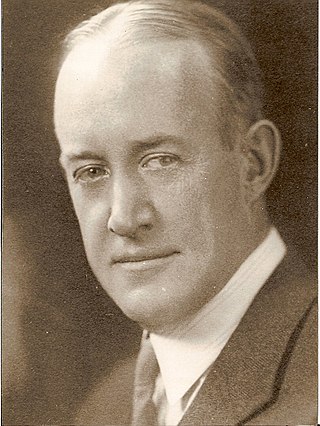
Austin Tappan Wright was an American legal scholar and author, best remembered for his major work of Utopian fiction, Islandia. He was the son of classical scholar John Henry Wright and novelist Mary Tappan Wright, the brother of geographer John Kirtland Wright, and the grandfather of editor Tappan Wright King.
Mark Saxton was an American author and editor. He is chiefly remembered for helping edit for publication Austin Tappan Wright’s Utopian novel Islandia, and for his own three sequels to Wright's work.

A Truce, and Other Stories is a collection of six short stories by Mary Tappan Wright. It was first published in hardcover by Charles Scribner's Sons in 1895 and was reprinted by Fleabonnet Press, in November 2008. The stories had previously been published in Scribner's Magazine between 1890 and 1894.

The Test is a novel by Mary Tappan Wright. It was first published in hardcover by Charles Scribner's Sons in February, 1904. It was Wright's second published novel and third published book.
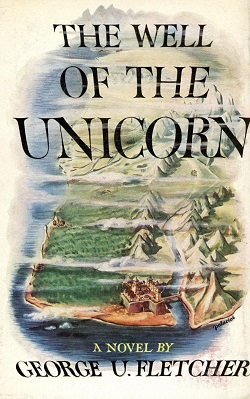
The Well of the Unicorn is a fantasy novel by the American writer Fletcher Pratt. It was first published in 1948, under the pseudonym George U. Fletcher, in hardcover by William Sloane Associates. All later editions have appeared under the author's actual name with the exception of the facsimile reprint issued by Garland Publishing in 1975 for its Garland Library of Science Fiction series. The novel was first issued in paperback in 1967 by Lancer Books, which reprinted it in 1968; subsequent paperback editions were issued by Ballantine Books. The first Ballantine edition was in May 1976, and was reprinted three times, in 1979, 1980, and 1995. The most recent edition was a trade paperback in the Fantasy Masterworks series from Gollancz in 2001. The book has also been translated into German, and into Russian in 1992.
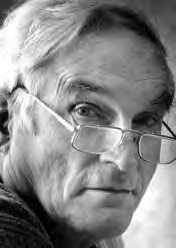
Austin McGiffert Wright was an American novelist, literary critic and professor emeritus of English at the University of Cincinnati.
Marie Chapian is an American writer and radio ministry host. She is known for her writings on Christian diet programs, Christian devotional literature, and co-authoring biographies.

Pearl Mary Teresa Richards was an Anglo-American novelist and dramatist who wrote under the pen-name of John Oliver Hobbes. Though her work fell out of print in the twentieth century, her first book Some Emotions and a Moral was a sensation in its day, selling eighty thousand copies in only a few weeks.

Alien: The Illustrated Story, or simply Alien, is an American sixty-four page graphic novel adaptation of the 1979 science fiction film Alien published by Heavy Metal magazine in 1979. It was scripted by Archie Goodwin and drawn by Walt Simonson. It is the first comic from the Alien franchise and one of few of the franchise's comic publications which is not associated with the long-lasting Aliens line from Dark Horse Comics. The book was a major critical and commercial success and was the first comic to ever be listed on the New York Times Bestsellers list.

















